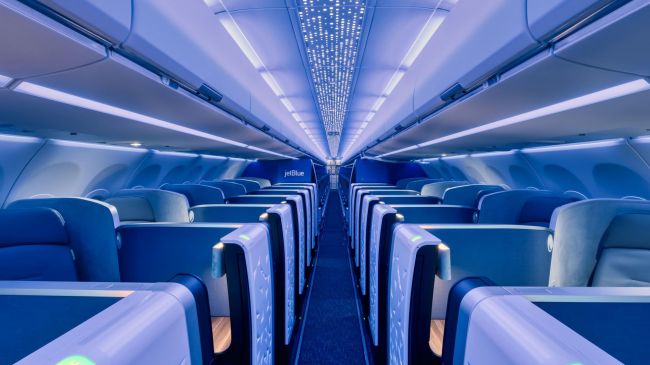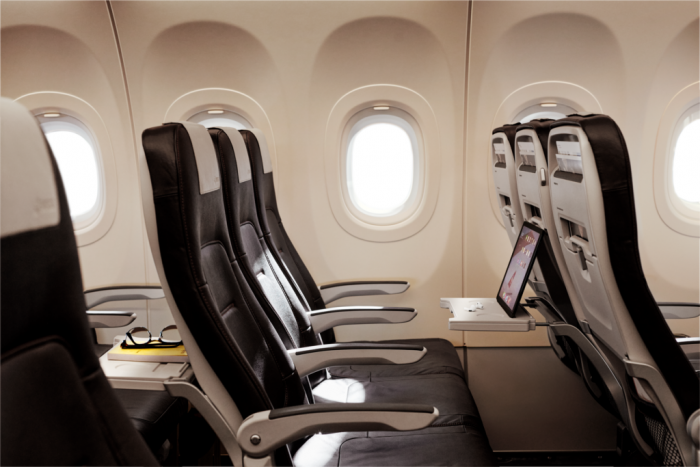Tips & Tricks
5 min read
How Single-Aisle Aircraft Are Reshaping Long-Haul Travel


The aviation sector experiences substantial industrial changes as airlines begin to use single-aisle planes to extend their flight distances. Traditional intercontinental operations commonly used the Boeing 777 alongside Airbus A350 wide-body jets because of their outstanding range and capacity capabilities. New technological achievements coupled with enhanced fuel efficiency along with shifts in airline economic factors allow narrow-body planes to perform their long-haul operations more competently. The industry transformation driven by single-aisle aircraft has completely changed network planning operations along with cost management and passenger service development practices.
The Boeing 737 MAX and Airbus A321XLR, along with other single-aisle aircraft, traditionally served short to medium-haul distances until technological improvements expanded their reach to 4,000 nautical miles. The enhanced flight distance enables airlines to launch nonstop connections that were impossible, while simultaneously providing reduced operational spending alternatives.

Direct flights between secondary cities have become possible because new narrow-body aircraft with increased range capabilities entered the market. The direct flights cut down passenger travel time while letting them avoid busy intermediate airports.
Flying directly from London to Boston and from Singapore to Sydney is now possible through airlines who use single-aisle jets. The absence of layovers through this convenience improvements travel cost-effectiveness while delivering better passenger satisfaction.
This new operational model benefits both airlines and passengers by reducing travel times, increasing route options, and opening up new markets, as shown by Airways Magazine.
Single-aisle aircraft play a crucial role in encouraging environmentally sustainable air travel for the aviation industry. Single-aisle jets emit fewer pollutants because they come equipped with efficient engines along with lighter manufacturing materials.
The airline industry supports SAF and carbon offsetting as additional strategies to decrease their environmental impact through substantial investments.
Companies operating flight services have found solutions for these challenges by using better crew management systems alongside optimized flight schedules to develop efficient boarding methods.
Present-day aircraft manufacturers aim to develop designs which will deliver greater operational range together with better efficiency and improved passenger comfort. Boeing and Airbus concentrate their efforts on developing the next-generation narrow-body aircraft with the 737 MAX and A321XLR models to achieve maximum performance capabilities.
The expansion of low-cost carriers will create rising demand for these aircraft because they open long-haul travel possibilities to wider groups of passengers.
The airline sector is undergoing a transformation because airlines are changing their preferences for single-aisle aircraft to serve long-distance routes The new jets create opportunities for more affordable operation combined with flexible use and environmentally responsible travel services. Future international travel will depend heavily on narrow-body aircraft because their advantages include affordable pricing alongside eco-friendly operation and enhanced customer comfort despite current operational barriers. These planes show potential to become vital elements in the development of future air travel because technology will continue to advance.
Be the first to post comment!